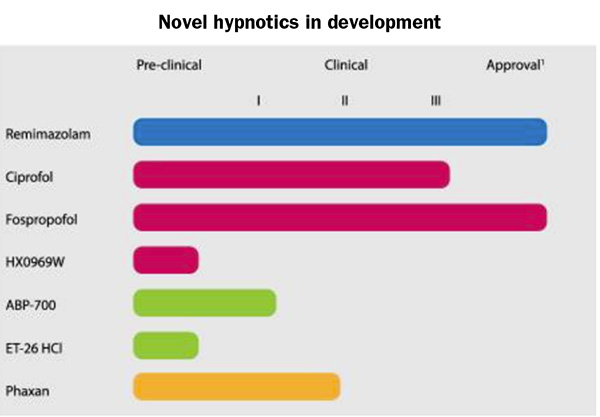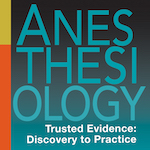Statistical models aim to improve surgical patient pain management

Editor's Note Researchers at MIT and Massachusetts General Hospital (MGH) have developed statistical models to improve how anesthesiologists manage unconscious pain, or nociception, during surgery, according to a September 23 report in News Medical. Derived from over 18,000 minutes of surgery data across 101 abdominal procedures, the models aim to…
Countdown to OR Manager Conference: Key strategies for success adding complex spine procedures to ASCs

Editor's Note At last year’s OR Manager Conference, healthcare leader Karen Reiter, RN, CNOR, RNFA, CASC, shared her expertise on integrating complex spine procedures into ambulatory surgery centers (ASCs). As the former administrator at DISC Surgery Center at Newport Beach and vice president of operations and payer management at TriasMD,…
Kidney transplant performed on awake patient

Editor's Note In a first for Northwestern Medicine, surgeons performed a kidney transplant on an awake patient, CBS News reported June 24. John Nicholas, 28, of Chicago, experienced no pain during the May 24 procedure, in which he received an organ from a childhood friend. He was discharged the next…
Two-question survey could help improve pain management, reduce opioid use

Editor's Note A simple, two-question survey could help identify patients most likely to develop chronic pain during recovery from surgery or injury and direct them toward proactive, holistic services that reduce reliance on opioids. NEJM Catalyst published the findings on March 20. Conducted by a research team from Duke University,…
Procedural sedation analgesia considerations for ASC leaders

The promise of quicker recovery and fewer complications from sedation, anesthesia, and pain management have drawn clinicians and patients alike to procedures performed in ambulatory surgery centers (ASCs) and other outpatient settings. However, sedation, anesthesia, and analgesia add their own risks to those of the procedure itself. Understanding the latest…
Safe postop patient recovery: A day in the PACU leader role

Critical assessment and rapid response are essentials skills for perioperative staff members, and that goes double for perioperative leadership. Patient-centered leadership is a must. Like the OR, the postanesthesia care unit (PACU, formerly referred to as the “recovery room”) is a critical care area plagued by an influx of new…
Study: Microglia help awaken the brain from anesthesia, protect neurons from aftereffects

Editor's Note A new study finds that the same cells that are involved in preventing damage to the central nervous system – called microglia – help to awaken the brain following anesthesia. The findings appeared January 4 in the journal Nature. Using electron-microscopy-based synaptic reconstruction, the researchers could see the…
Analgesic clinical trials failing to assess movement-evoked postoperative pain

Editor's Note Most surgical studies still do not report movement-evoked postoperative pain despite the recommendations of expert consensus groups, according to findings published November 27 in Anesthesiology. Researchers came to essentially the same conclusion upon re-evaluating the assessment of pain at rest and movement-evoked pain in 2011. In this updated…
Study: Intrathecal morphine reduces post-op opioid need in open prostate, kidney surgeries

Editor's Note A recent study suggests a single dose of intrathecal morphine provides long-lasting analgesia and reduces the need for postoperative systemic administration of opioids after painful open urological procedures. The Journal of PeriAnesthesia Nursing published the data January 31. Intrathecal opioid administration is an attractive technique in these surgeries…
New Joint Commission requirements for total hip, knee replacements focus on opioids, diabetes

Editor's Note The Joint Commission has released revised requirements for the advanced disease-specific care certification for total hip and total knee replacement (THKR). The requirements, which are designed to align with the updated AAOS clinical practice guidelines, go into effect July 1, 2024 and focus largely on addressing opioids and…

 Free Daily News
Free Daily News